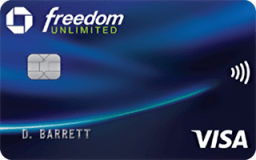When you need to borrow money, understanding your options is key. Each choice has advantages and drawbacks, from personal loans and home equity lines of credit to peer-to-peer lending and cash advance apps. Choosing the right one comes down to aligning your funding needs with the overall costs of borrowing.
We’ve listed the most cost-effective and quickest ways to borrow money, highlighting how each method works and what to watch out for. You’ll also find practical advice to help you avoid high-risk options and make smart decisions that protect your financial health and save you money in the long run.














